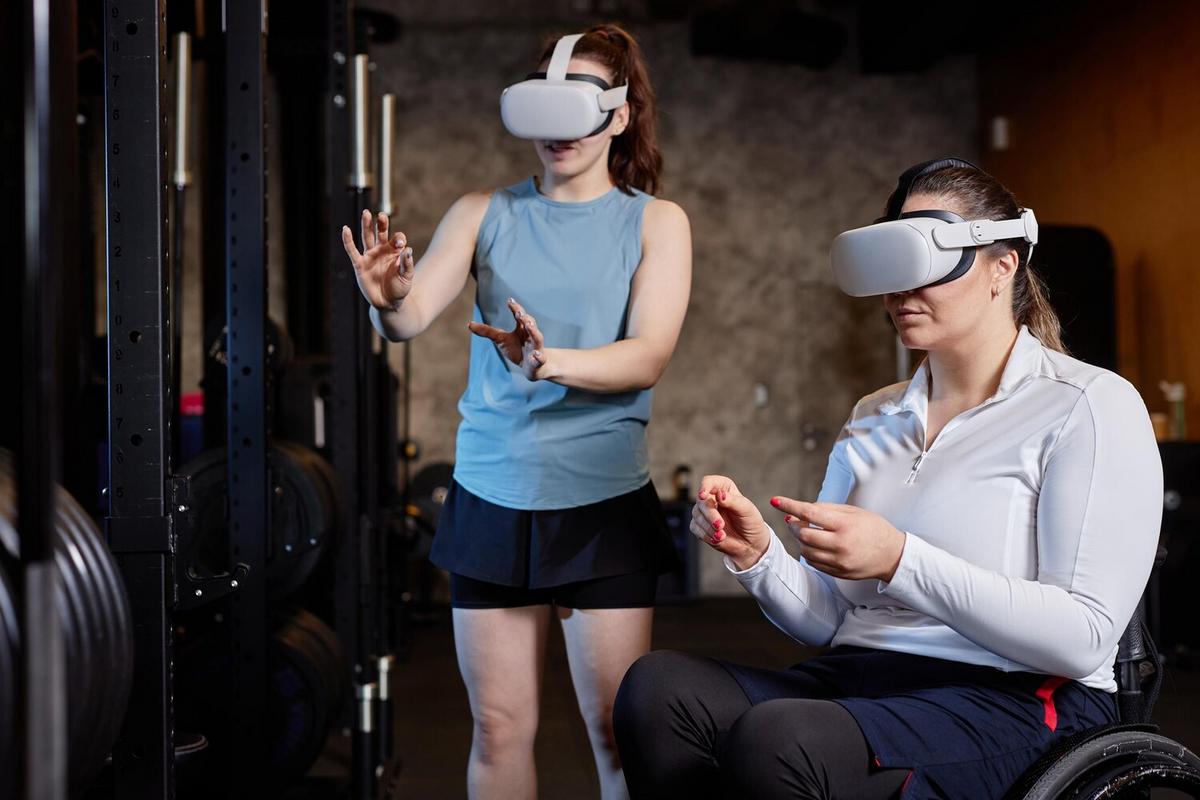
Biohacking: Advanced Strategies for Enhancing Athletic Performance
The pursuit of peak athletic performance is no longer confined to traditional training methods. With the rise of biohacking, athletes are exploring cutting-edge strategies to push their physical limits and enhance their capabilities.
Understanding Biohacking in Athletics
Biohacking involves optimizing the body’s biology through various techniques and technologies. For athletes, biohacking can mean integrating specific dietary supplements, optimizing sleep, and utilizing wearable technology to monitor performance. The goal is to enhance the body’s natural abilities in a safe and effective manner.
Expert Insights
According to Dr. Andrew Huberman, a renowned neuroscientist, biohacking can significantly impact an athlete’s recovery time and overall performance. He suggests that understanding the science behind biohacking allows for more personalized and effective training regimens.
Research Findings
A recent study published in the Journal of Athletic Enhancement found that athletes who incorporated biohacking strategies, such as cryotherapy and intermittent fasting, showed a 15% improvement in endurance and a 20% increase in muscle recovery speed.
Personal Anecdotes
Consider the story of Mike, an amateur triathlete who turned to biohacking to improve his race times. By integrating a combination of cold showers, mindfulness meditation, and a ketogenic diet, Mike shaved 10 minutes off his personal best time in a half Ironman event.
Biohacking Techniques for Athletes
- Dietary Supplements: Incorporate supplements like Omega-3 fatty acids and creatine to boost muscle performance and reduce inflammation.
- Optimized Sleep: Use sleep tracking technology to ensure sufficient rest and recovery. Sleep is crucial for muscle repair and energy replenishment.
- Intermittent Fasting: This eating pattern helps in metabolic flexibility and can improve fat burning during endurance activities.
- Cryotherapy: Regular exposure to cold can reduce muscle soreness and speed up recovery.
Consider using red light therapy to enhance muscle recovery and reduce inflammation. This non-invasive treatment has gained traction among elite athletes for its efficiency.
Comparison of Biohacking Techniques
| Technique | Benefits | Drawbacks |
|---|---|---|
| Dietary Supplements | Boosts performance | Requires research to avoid side effects |
| Optimized Sleep | Enhances recovery | Technology can be costly |
| Intermittent Fasting | Improves metabolism | May not suit everyone |
| Cryotherapy | Reduces soreness | Accessibility issues |
| Mindfulness Meditation | Improves focus | Requires practice and patience |
| Red Light Therapy | Reduces inflammation | Equipment cost |
| Ketogenic Diet | Efficient fat burning | Can be challenging to maintain |
| Cold Showers | Enhances alertness | Uncomfortable for some |
Frequently Asked Questions
What is biohacking?
Biohacking refers to the practice of using science and technology to enhance human performance and well-being.
Is biohacking safe for athletes?
When done responsibly and with guidance from medical professionals, biohacking can be a safe way to enhance athletic performance.
Can biohacking replace traditional training?
Biohacking should complement, not replace, traditional training methods. It can enhance performance when integrated into a comprehensive training routine.
Conclusion
Biohacking offers athletes innovative ways to enhance their performance and recovery. By adopting techniques such as dietary supplementation, optimized sleep, and intermittent fasting, athletes can push their limits safely and effectively. Remember, it’s crucial to consult with professionals to tailor biohacking strategies to individual needs. Embrace these advanced strategies and elevate your athletic performance today!


